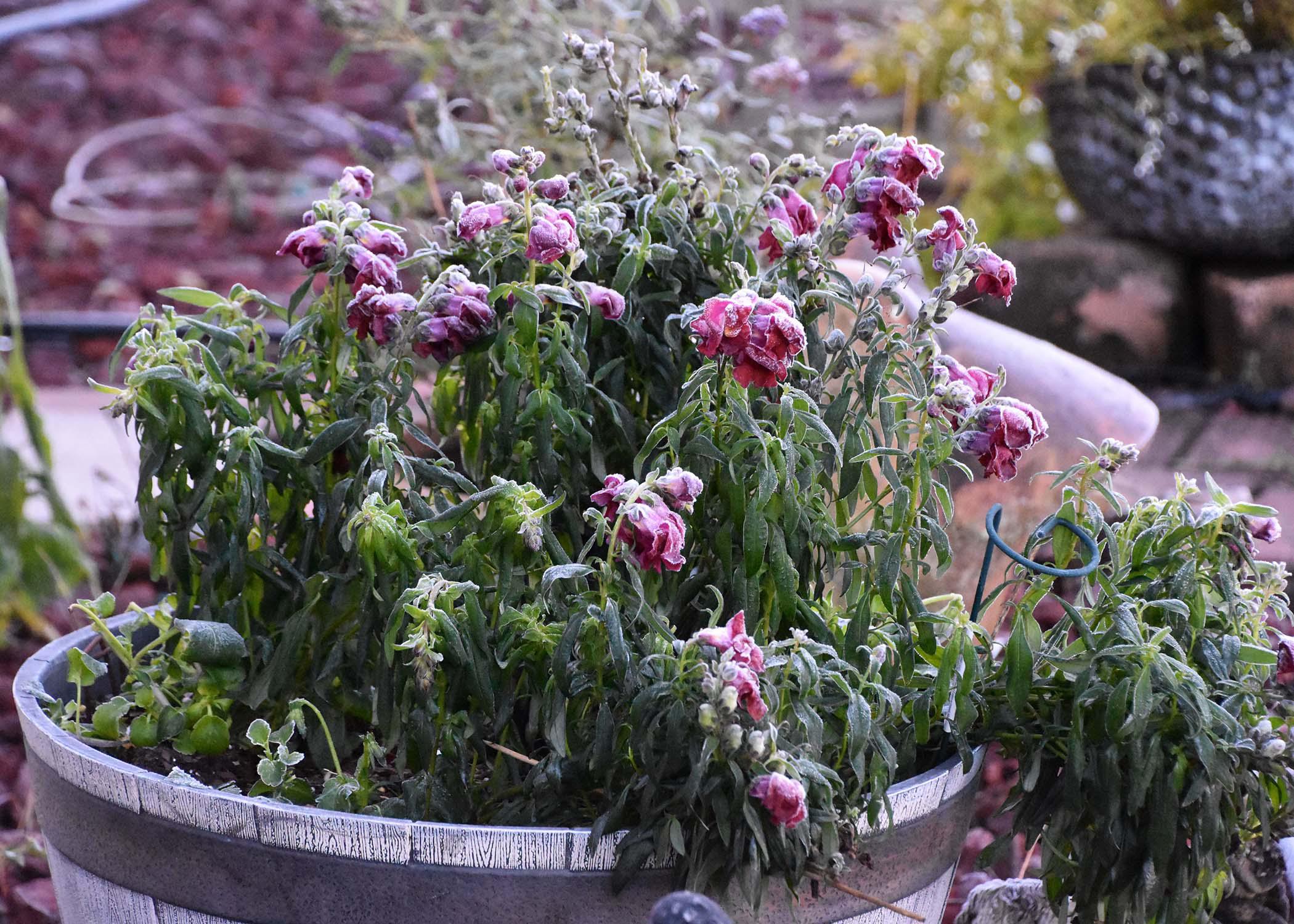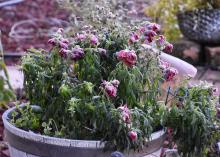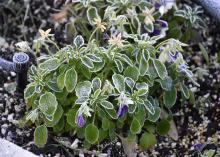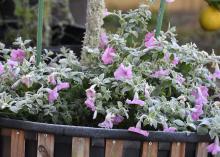Information Possibly Outdated
The information presented on this page was originally released on February 15, 2021. It may not be outdated, but please search our site for more current information. If you plan to quote or reference this information in a publication, please check with the Extension specialist or author before proceeding.
Hard freezes challenge Southern gardeners
I have to admit that I can’t even remember the groundhog’s prediction when he was dragged out of his burrow in Punxsutawney, Pa., on Feb. 2. It seems we have experienced an entire year’s worth of weather conditions since that day.
Before Valentine’s Day, we were enjoying temperatures in the low 70s. The pine trees were happy with the warm temps, and pollen was starting to cover everything. But then brutally low temperatures came abruptly, and this is what gardeners have on their minds.
You may be wondering if you have done enough to protect your landscape and garden plants. Covering plants with blankets, sheets, boxes and such does provide a couple of degrees of protection when the air temperature gets down to about 25 degrees. But with temperatures as low as 20, 15 or even lower, covering plants may make gardeners feel better, but it will not prevent all damage to our landscapes and gardens.
The good news is that we have plenty of soil moisture, and that provides protection against the drop in soil temperatures. This means that many garden plants that have their tops frozen will come back from the roots.
So what happens next? After it begins to warm up, it’s going to take a few days or weeks to fully realize what cold damaged has happened. But I want to stress that you must be patient before pruning, cutting and cleaning up.
The most apparent damage will be to tropical plants that have turned to mush. I hope your tropicals were in containers and you moved them inside. If you left them outside, even covered, they will be damaged if temperatures dip into the lower 20s. Don’t remove any of the mushy foliage yet, as it will help protect the crown of the plant--if it survived.
There will probably be some damage to woody landscape plants, but don’t jump the gun and start pruning too soon. It is best to be patient and wait until the plants start pushing new spring growth. It will be much easier then to assess any winter damage.
Cool-season annuals like pansies, violas and dianthus could surprise us. They freeze solid and lose their flowers, but after a couple of warm days, they start blooming again. My other go-to cool-season plants are snapdragons. At my house, they get moved into the garage when the weather gets really cold.
These few days in mid-February are trying times that remind gardeners that, ultimately, Mother Nature rules. Losing plants happens, but remember, this is an opportunity to try another new or longtime favorite this spring.
Stay warm!





